Rolf Harris, the disgraced entertainer and sex offender, is dead. Harris’s death was confirmed yesterday – but his death certificate showed that he passed away at his home in Bray, Berkshire, on 10 May. This confirmed what many journalists already knew: a fortnight ago, a private ambulance was photographed backing into the doorway of his riverside home. News organisations were ramped up to full alert. Old obituaries were dusted down, pages drawn up, commentators considered for comment. And then…nothing.
Two weeks elapsed, almost to the minute, from the moment the rumours began to swirl to the official confirmation yesterday of his death at the age of 93. The tipping point came when a carer travelled to the local register office for births, deaths and marriages in Maidenhead to officially report his passing. His death certificate, describing him as an artist – rather than Britain’s second most notorious entertainer paedophile, as more had come to think of him – was duly issued yesterday morning. As a publicly-available document, it was soon in the hands of journalists. The media finally had proof that Harris was dead and the story broke at lunchtime yesterday.
A fortnight ago, a private ambulance was photographed backing into the doorway of Harris’s home
A fortnight is an eternity in news. During this lull, the joke went around newsrooms, in parody of Harris’ painting-days catchphrase, ‘Can you tell that he’s dead yet? But in that two-week hiatus, there had been no let up in attempts to obtain corroboration. Those approached included his family – perhaps not overly keen on the media – the police, the coroner’s office, the Ministry of Justice (Harris having been a former guest of Her Majesty), the ambulance service, local undertakers, former agents and associates, and doubtless countless more. They either didn’t know, or wouldn’t say, that Harris was dead.
What’s curious about this is it mirrors very neatly what happened to Harris in life ten years earlier, when his arrest as part of Operation Yewtree was also an open secret in Fleet Street for weeks – but not reported to the wider world.
The shadow of the Leveson inquiry hung over that whole saga. Harris’s home was searched by police just five days before that report into press conduct was published. But the police – heavily criticised during Leveson for the closeness of their relationship with the press – had taken fright and doggedly refused to confirm his arrest.
Lawyers for Harris explicitly cited Leveson as for weeks they successfully attempted to stifle any report of his arrest. Journalists were told there was no public interest in publishing the story – and warned away from doing so. Meanwhile, what had happened to Harris was openly discussed online. It finally came to light publicly only when one senior police officer broke ranks and briefed the media.
The press freedom argument against keeping arrests secret, particularly in regard to alleged sexual offending, is that it is counterproductive to justice. This is because reports of such arrests can lead to other victims coming forward – and their accounts can help build a credible picture of repeat behaviour by the offender.
The case of Harris was a textbook example. After he was convicted and jailed in 2014, a second trial ensued three years later with seven new complainants (although none of these would lead to a conviction as he was cleared over some and two juries were unable to agree on others).
Probably the greatest frustration of my career involved another failure to stand up a story around a high-profile sex offender: fellow Saturday night children’s TV presenter Jimmy Savile. A colleague and I spoke over many months to a woman who had a credible account of being abused by him at the age of 13 – before she finally went to police. We had the whole thing, even her crime reference number. Our lawyers, however, were understandably nervous about identifying Savile, who was famously litigious, based on one solitary complainant.
We then heard he was being investigated by a second police force, and hoped this would be enough to allow us to report the twin investigations. But that second force doggedly refused to help – and in 2011 Savile died before he could face either public exposure or justice; one can only imagine how many others might have come forward had that story run.
Harris was no Jimmy Savile – he didn’t abuse on the same industrial scale – but he was part of the same vile world, and similarly emblematic of the syndrome of child abuse not being taken sufficiently seriously in the seventies and eighties.
It’s common these days for the bereaved to make a statement after a famous person dies asking for the media to respect their privacy. There’s little need in Harris’s case: the secrecy that surrounded his fall from grace continued even after he died.
Got something to add? Join the discussion and comment below.
Get 10 issues for just $10
Subscribe to The Spectator Australia today for the next 10 magazine issues, plus full online access, for just $10.

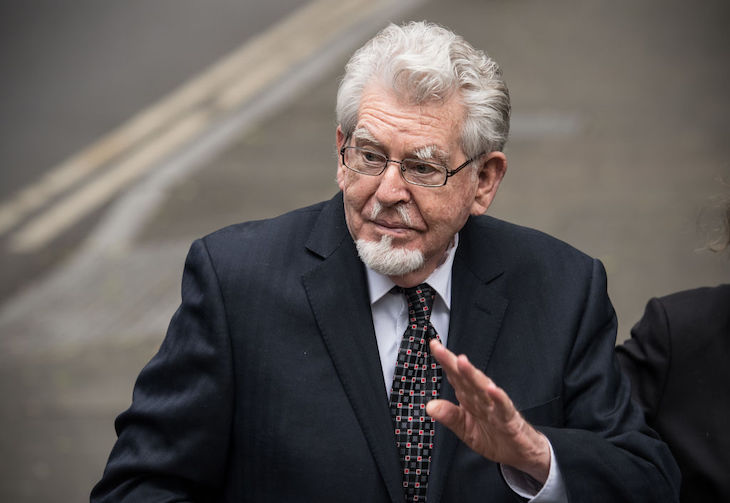
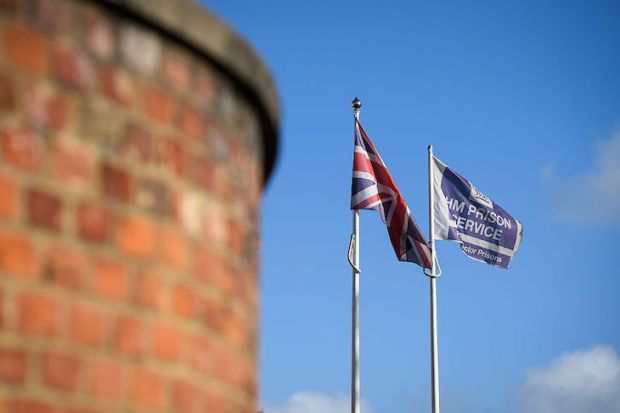

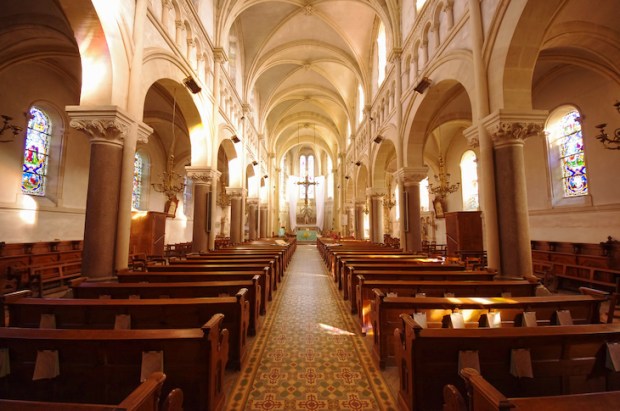

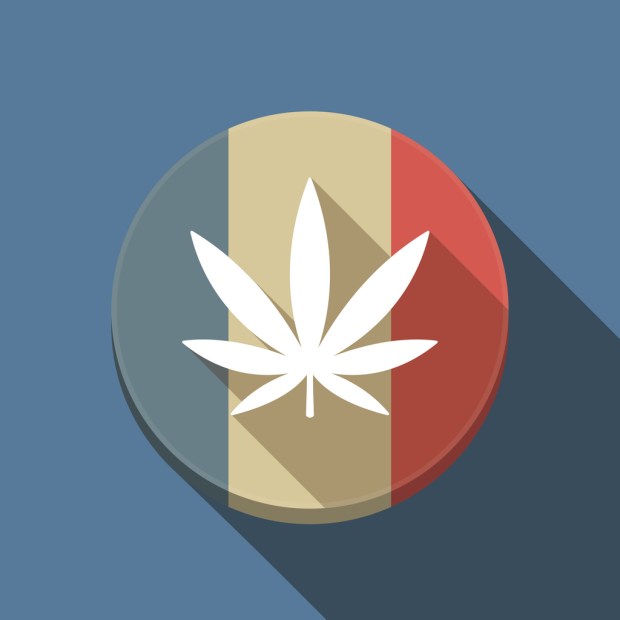
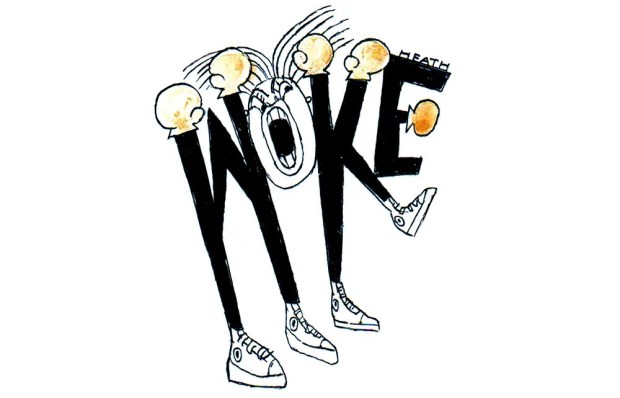






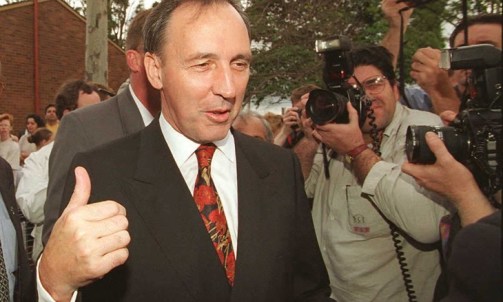
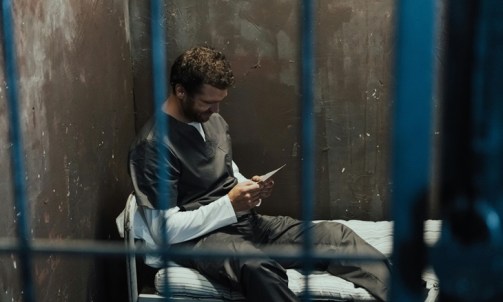
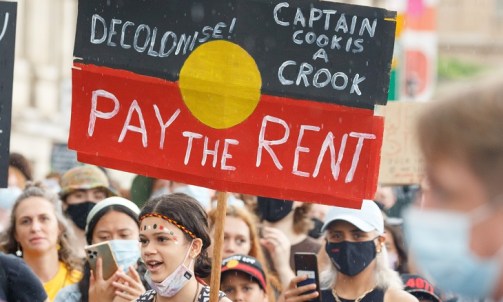



Comments
Don't miss out
Join the conversation with other Spectator Australia readers. Subscribe to leave a comment.
SUBSCRIBEAlready a subscriber? Log in